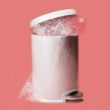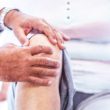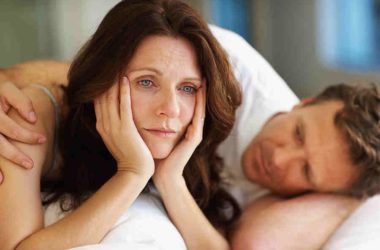Most people assume that osteoporosis is a problem that is exclusive to women. It’s true that this bone disease is more commonly seen in women, especially older women as well as those who have already entered menopause. However, osteoporosis can also affect men.
So if you’re a male, refrain from assuming that you are impervious to developing osteoporosis in the future. Below you will come across some of the risk factors of osteoporosis in men — things that can considerably increase your chance of suffering from osteoporosis.
Before you proceed, don’t forget to share this article later on after checking out its entirety, especially if you have a lot of male family members and friends who firmly believe that osteoporosis is a serious health problem that they should not worry about as it does not concern them.
Being 50 and Above
Just like in women, age is a big risk factor for osteoporosis in men. Experts say that beyond 50 years of age, men tend to lose bone at a rate of up to 1 percent per year. There are some risk factors for osteoporosis that can be changed or avoided, but then there are also those that cannot be dodged or eliminated from the equation. Clearly, being 50 years old and above is one of them.
Lack of Calcium in the Diet
Here’s one risk factor for osteoporosis in men that can be altered: a diet that’s lacking in calcium. Everyone is well aware of the fact that calcium is a mineral that’s necessitated for keeping the bones strong. The good news is there are plenty of calcium-rich foods that a male may include in his diet on a regular basis. Some wonderful examples include canned sardines and salmon, milk, cheese, yogurt, nuts, seeds, and some leafy green veggies.
Insufficient Vitamin D Intake
Contrary to popular belief, calcium is not the only mineral that can fend off osteoporosis in males as well as females. Experts say that vitamin D is just as important as calcium in keeping the bones strong. That’s because vitamin D helps the body absorb calcium — without it, calcium is useless. Some of the best sources of vitamin D are fatty types of fish, beef liver, egg yolks, milk, cheese and of course the sun above.
Loss of Testosterone
Hormonal imbalance — this is the reason why menopausal women are at high risk of suffering from osteoporosis. Men do not undergo menopause, but it’s still possible for them to suffer from hormonal imbalance one day. Such is brought about by a decline in the testosterone levels. Such decline may not be as sharp as a decline in estrogen during menopause, but scientists say that it’s enough to increase a male’s risk of developing osteoporosis.
An Unhealthy Lifestyle
The rates of smoking and excessive alcohol consumption are higher in males than in females, and both of these are regarded as risk factors for osteoporosis in men. Based on numerous scientific investigations, cigarette smoking is directly linked to a decline in bone density. On the other hand, too much alcohol can speed up the process of bone loss. Needless to say, men should quit smoking and drink alcohol in moderation to keep osteoporosis at bay.
Lack of Exercise
It’s no secret that exercising on a regular basis can help in lowering a person’s risk of suffering from high blood pressure, heart attack, heart disease and stroke. Not a lot of people, however, are aware of the fact that regular exercise can also help fend off osteoporosis. The best forms of exercise for the prevention of the bone disease are weight-bearing ones, the kinds that cause the body to work against gravity such as walking, climbing, jogging and jumping rope.












